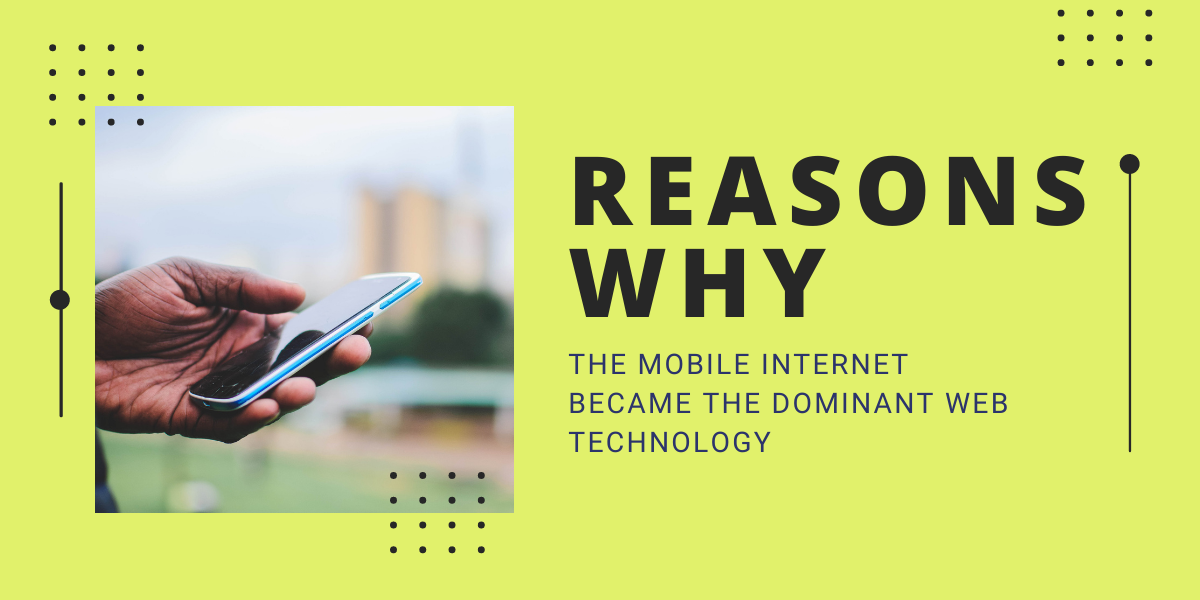In its short, 30-year history, the internet has metamorphosed and transformed to the point that today’s web is almost unrecognizable in comparison to the simple, text-based web page fired up by Tim Berners-Lee all those years ago in a lab in CERN, Switzerland.
The modern web of today has become ultimately more useful, more engaging and more functional, and now plays an essential role in our social and business lives. These days, we use the web for everything from shopping to communicating to watching media, and it has become such an ingrained facet of everyday life that it would be nigh on impossible to imagine life without it.
The age of the mobile internet, and how one device changed life as we know it forever
When Steve Jobs took to the stage at the annual Macworld conference held in 2007 in San Francisco, even he with his prescient wisdom could have barely imagined the influence his ground-breaking flagship product, the iPhone, would come to have on the world.
While Jobs teased the assembled conference, saying he believed the new product would, “reinvent the phone,” it would have been almost impossible to envisage just how much of a game-changer it would eventually become.
Almost single handedly, the iPhone reinvented communications; changed what we come to expect from the internet; and put web communications, sites, and apps firmly in the hands of all users, regardless of location. In short, the iPhone changed the internet forever and gave birth to the mobile web.
Improved tech, quicker connections, and better devices
As one might expect, where there’s money to be made, developers and manufacturers soon follow, and the exponential take-up of the iPhone also birthed quicker connection speeds and improved associated technologies.
Programming and coding became more streamlined, mobile networks got quicker (culminating in the new 5G mobile network), device size reduced, and processing Grunt increased to keep pace. Indeed, it could be argued the iPhone was the precursor for the huge range of connected mobile devices we see today—everything from smartwatches to tablets and wearables.
The advantages of mobile connections
Of course, the growth of mobile connections isn’t just solely attributable to the iPhone itself. The move to mobile has brought considerable advantages over traditional fixed-line connections, including but not limited to:
An always-on connection in the palm of your hand: We live in a 24/7 culture and users these days demand instant updates on everything from their news sources to social media updates. Mobile connections allow users to stay updated without having to revert to desktop machines and tethered-line connections.
Increased options for communications: Mobile devices aren’t just limited to email for communications—rather, they have vastly increased the popularity of messaging and video conferencing apps such as WhatsApp and Facebook Messenger. Moreover, more traditional communications channels such as SMS messaging have undergone huge transformations in recent years with the emergence of progressive text messaging.
Location-based services: Without a doubt, one of the biggest advantages of the mobile internet has been the growth of geo-based services, which offer location-specific information and facilities to users. These can be in the form of localized websites, messaging, or in-app products, which change depending on the location of the user.
Community manager at Visual Contenting. Jacqueline loves to talk about social media trends, new technology and how they help businesses accelerate their marketing efforts.



